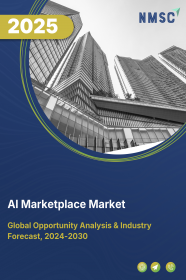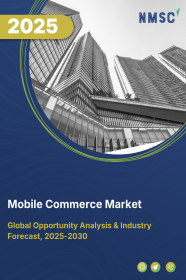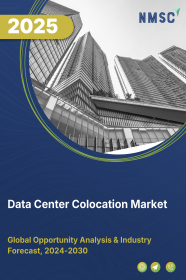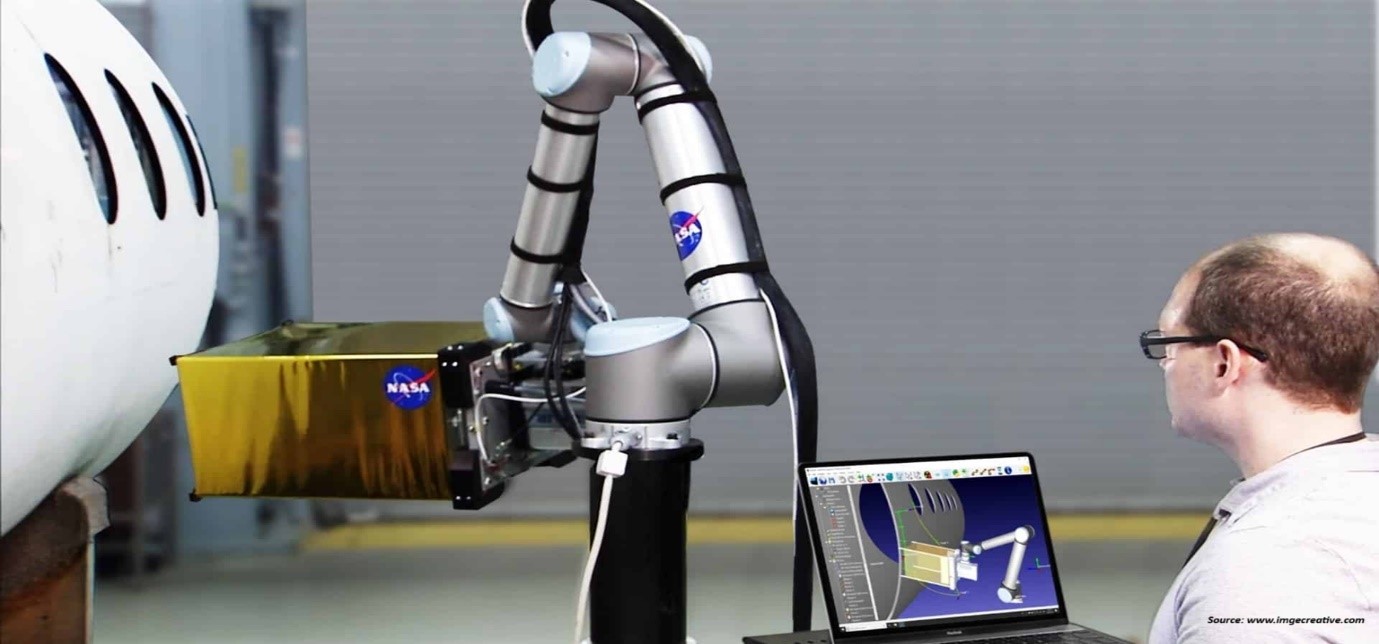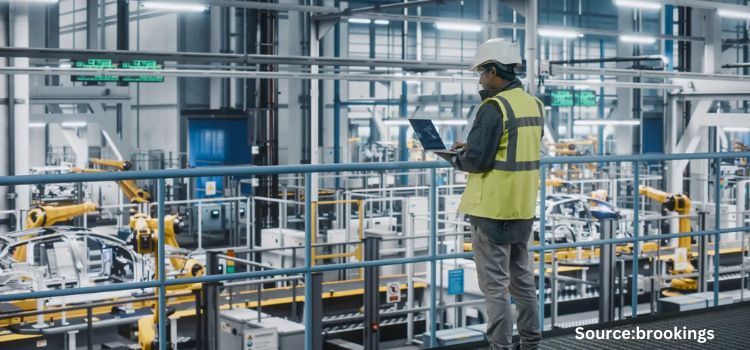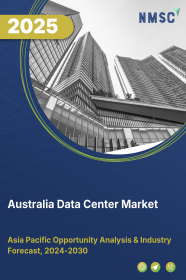
Australia Data Center Market by Component (Hardware, Software, Service), by Type (Colocation, Hyperscale, Edge, Other Types), by Deployment Model (On-Premises, Cloud, Hybrid), by Tier Standard (Tier 1, Tier 2, Tier 3, Tier 4), by Energy Requirement & Power Density (Low Power, Medium Power, High Power), by Cooling Techniques (Air Cooling, Others), by Enterprise Size (Large Enterprises, Others), by End User (BFSI, Other End Users)– Opportunity Analysis and Industry Forecast, 2024–2030
Industry: ICT & Media | Publish Date: 09-Apr-2025 | No of Pages: 173 | No. of Tables: 134 | No. of Figures: 79 | Format: PDF | Report Code : IC2441
US Tariff Impact on Australia Data Center Market
Trump Tariffs Are Reshaping Global Business
Australia Data Center Market Overview
The Australia Data Center Market size was valued at USD 3.72 billion in 2023, and is predicted to reach USD 9.66 billion by 2030, at a CAGR of 14.6% from 2024 to 2030. The data center market, also known as the network infrastructure market, encompasses the entire lifecycle of specialized infrastructure for hosting computing systems, from initial planning and construction to ongoing operation and maintenance. This market includes a wide range of components such as servers, storage systems, and networking equipment, all of that provide services such as cloud computing and connectivity solutions. Currently, the industry is experiencing widespread adoption of cloud services and the rise of edge computing, that aims to reduce latency.
Key trends shaping the market include a strong focus on sustainability, heightened concerns about cybersecurity, the integration of hybrid and multi-cloud approaches, and the growing impact of 5G networks. These trends highlight the industry's proactive efforts to meet the increasing demand for scalable, efficient, and secure data processing and storage solutions in the era of digital transformation. According to projections by the United States International Trade Commission, the data processing and storage market is expected to grow from USD 56 billion in 2020 to USD 90 billion by 2025.
Government Strategy and Sustainability Initiatives Boosts the Market Growth
Australia holds the 2nd position in the data center industry in the APAC region, according to CloudScene data. This prominent standing is bolstered by the Australian government's strategic emphasis on resilience and security in data infrastructure, that compels network infrastructure to enhance their operations through strategic partnerships and advanced technologies.
Additionally, the government's focus on sustainability exerts considerable pressure on the industry to adopt greener practices. Initiatives such as potential carbon taxes and other environmental regulations are poised to significantly impact Australia data center market trends, pushing them towards more energy-efficient and sustainable solutions.
These regulatory measures are not only aimed at reducing the environmental footprint of the market but also at aligning with Australia’s broader goals of environmental stewardship and sustainability. By promoting such practices, the government aims to ensure that the industry remains robust, secure, and environmentally responsible, maintaining its competitive edge in the rapidly evolving digital landscape.
Investment by Prominent Companies Accelerates the Growth of the Market
The growing investment by prominent companies to enhance data centers in Australia significantly propels the market's growth. For instance, Microsoft committed USD 3.4 billion to expand the market footprint in Australia, increasing the number of sites from 20 to 29 and boosting computing capacity by 250% over two years.
This expansion not only aligns with sustainability goals but also includes the launch of a Data Center Academy in partnership with TAFE NSW to address the rising demand for cloud computing services. Additionally, the expansion of global companies to meet the increasing demand for data-intensive workloads further fuels Australia's industry.
Arctic Wolf's launch of a netwok infrastructure center of the market in Sydney, leveraging Amazon Web Services, underscores this trend. This localized center enhances cybersecurity innovations for local customers, setting new standards in cybersecurity and bolstering defense capabilities against evolving cyber threats.
High Initial Investment Hinders the Market Growth
The data center market faces formidable challenges, primarily attributed to the substantial initial investment required and stringent environmental regulations. Establishing and maintaining network infrastructure demands significant upfront financial commitments, creating obstacles for smaller enterprises and start-ups seeking entry into the market. Additionally, ongoing compliance with environmental standards mandates continuous investment in energy-efficient technologies hinders the overall Australia data center market growth.
Integration of Edge Computing Presents Lucrative Opportunity for Market Expansion
The integration of edge computing into market operations presents promising prospects for the industry's expansion. By minimizing latency and facilitating real-time processing, edge computing empowers applications such as the Internet of Things (IoT) and Augmented Reality (AR), alleviating the burden on centralized cloud data centers while providing scalability and flexibility.
This decentralized approach not only enhances security by processing sensitive data locally but also aligns with evolving digital landscapes, paving the way for diverse opportunities for network infrastructure providers. Recent investments in start-ups such as Armada signify the escalating interest in edge computing solutions, signalling a concerted effort to address connectivity challenges and bridge the digital divide.
Competitive Landscape
The key players operating in the Australia data center industry include IBM Corporations, Amazon Web Services, Inc, Microsoft Corporations, Cisco Systems, Inc., Oracle Corporation, SAP SE, Hewlett Packard Enterprise Development LP, NextDC Ltd., Global Switch Property (Australia) Pty Limited, Macquarie Technology Group, Broadcom Inc., Zenlayer, Inc., Digital Realty Trust, Hivelocity, Inc., EdgeConneX Inc., and others.
Australia Data Center Market Key Segments
By Component
-
Hardware
-
UPS
-
Generators
-
Transfer Switches
-
Cooling Systems
-
Computer Room Air Conditioning (CRAC)
-
Racks
-
Others
-
-
Software
-
Services
By Type
-
Colocation
-
Hyperscale
-
Edge
-
Other Types
By Deployment Model
-
On-Premises
-
Cloud
-
Hybrid
By Tier Standard
-
Tier 1
-
Tier 2
-
Tier 3
-
Tier 4
By Energy Requirement and Power Density
-
Low Power (Less than 20MW)
-
Medium Power (20-100MW)
-
High Power (100MW and More)
By Cooling Techniques
-
Air Cooling
-
Liquid Cooling
-
Dry Cooling
-
Immersion Cooling
-
Others
By Enterprise Size
-
Large Enterprises
-
Small and Medium Enterprises
By End User
-
BFSI
-
IT and Telecom
-
Government
-
Energy and Utilities
-
Other End Users
Key Players
-
IBM Corporations
-
Amazon Web Services, Inc
-
Microsoft Corporations
-
Cisco Systems, Inc.
-
Oracle Corporation
-
SAP SE
-
Hewlett Packard Enterprise Development LP
-
NextDC Ltd.
-
Global Switch Property (Australia) Pty Limited
-
Macquarie Technology Group
-
Broadcom Inc.
-
Zenlayer, Inc.
-
Digital Realty Trust
-
Hivelocity, Inc.
-
EdgeConneX Inc.
REPORT SCOPE AND SEGMENTATION:
|
Parameters |
Details |
|
Market Size in 2023 |
USD 3.72 Billion |
|
Revenue Forecast in 2030 |
USD 9.66 Billion |
|
Growth Rate |
CAGR of 14.6% from 2024 to 2030 |
|
Analysis Period |
2023–2030 |
|
Base Year Considered |
2023 |
|
Forecast Period |
2024–2030 |
|
Market Size Estimation |
Billion (USD) |
|
Growth Factors |
|
|
Companies Profiled |
15 |
|
Market Share |
Available for 10 companies |
|
Customization Scope |
Free customization (equivalent up to 80 working hours of analysts) after purchase. Addition or alteration to country, regional, and segment scope. |
|
Pricing and Purchase Options |
Avail customized purchase options to meet your exact research needs. |

















 Speak to Our Analyst
Speak to Our Analyst



